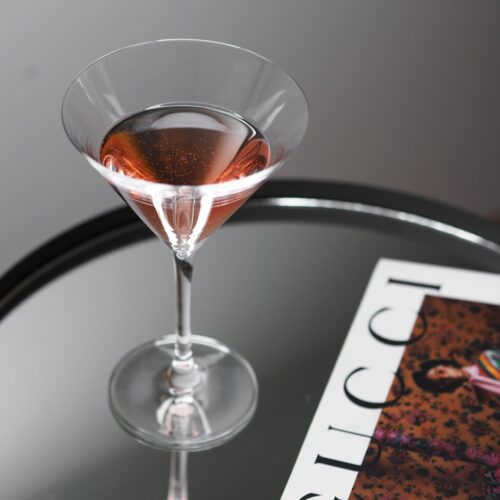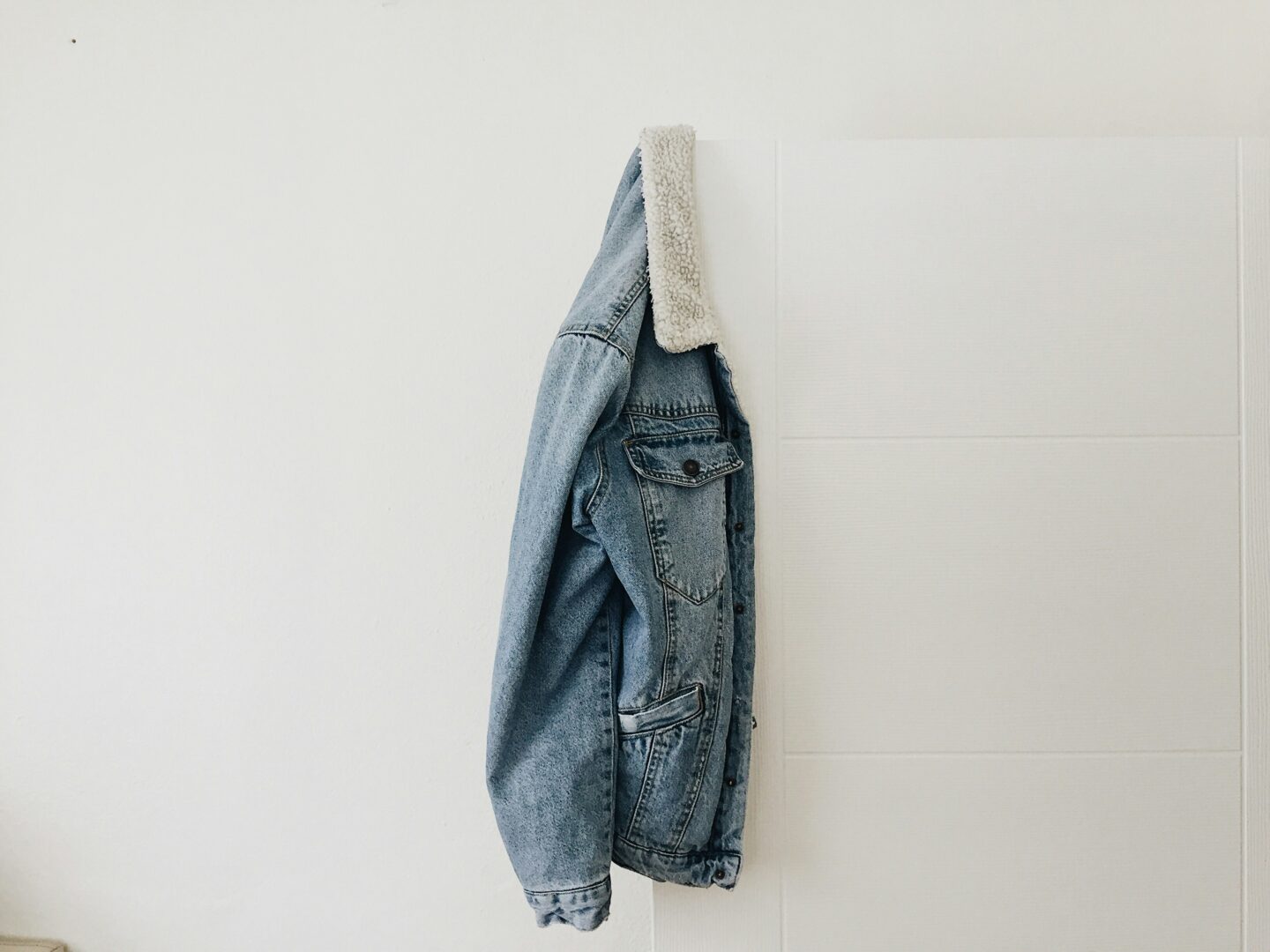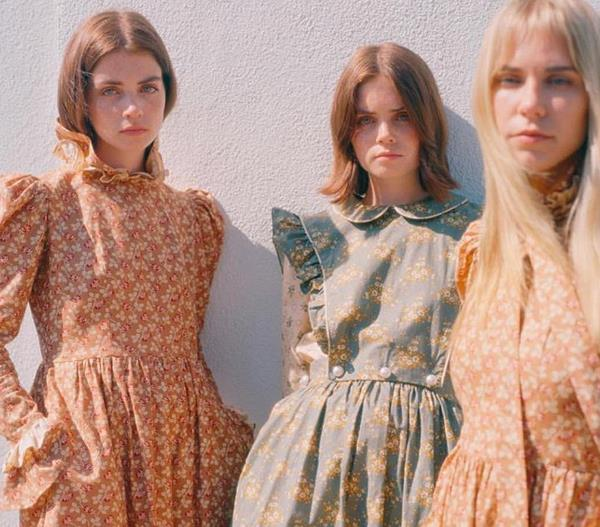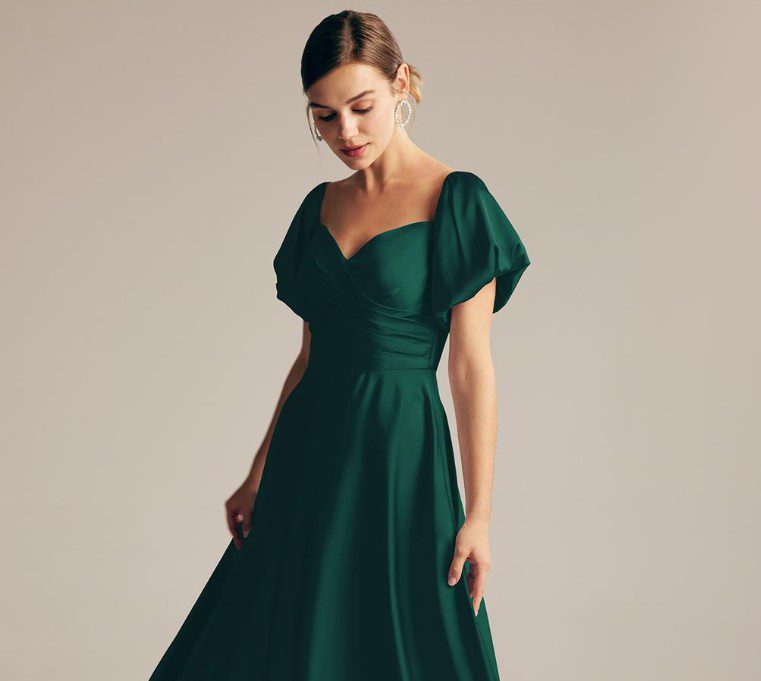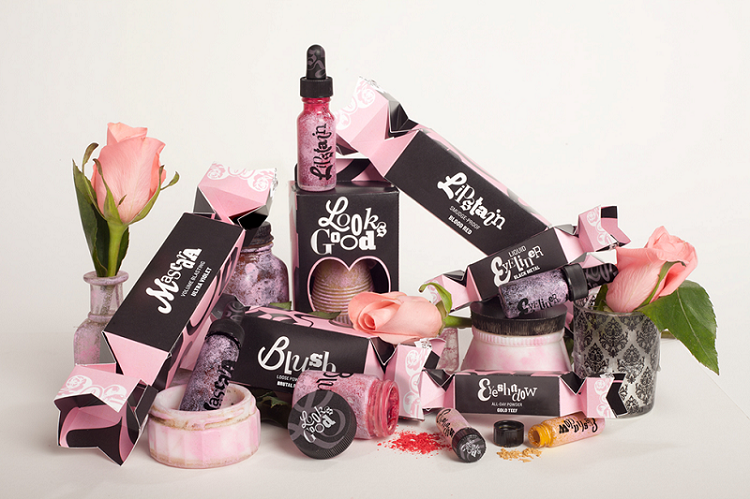In recent years, fashion has become a lot more diverse and inclusive. Consumers have been getting more vocal about issues concerning representation, and brands have been responding by improving their marketing and product lines. This includes catering to different sizes, faiths, races, genders, ages and disabilities. The following post explores 10 encouraging examples of how fashion is becoming more inclusive.
Plus-size fashion
It used to be a case that models were all skinny and that many major brands didn’t sell clothing in certain larger sizes. Now this is no longer the case. This is thanks to years of campaigning from plus-size consumer advocates. The 2010s saw many luxury brands introducing plus-size clothing lines, while an increasing number of fashion shows included plus-size clothing including 11 Honore’s 2019 New York fashion show that focused purely on sizes 12 to 24. This has helped to standardise plus size clothing, including plus size clothing for specialist occasions such as plus size gym wear and plus size business clothing.
Stylish faith-based clothing
In some faiths, it’s customary to wear certain types of clothing. However, this clothing has traditionally been quite limited in its style. A few brands have been looking to correct this by introducing more options. For example, there are an increasing number of UK brands that sell stylish but modest clothing for muslim women – providing more colour choices when it comes to abayas, hijabs and modest dresses.
Make-up shade diversity
Women of some ethnicities have previously struggled to find make-up suited to their skin tone. Make-up brands have been realising that this is an issue and have been expanding their range of shades. This includes a greater range of foundations for mixed race skin, introduced in response to growing criticism from biracial make-up influencers.
Gender neutral clothing
Clothing has long been separated into men’s and women’s fashion. However, now that gender fluidity is becoming recognised and more accepted, an increasing number of brands have been exploring the option of gender neutral clothing. Unisex shirts and trousers have previously been quite plain, but there are now many more stylish options on the market. This has allowed consumers who identify as non-binary to build a much more exciting wardrobe.
Age-diverse models
A number of surveys found that a lot of older women struggled when choosing clothing to wear – partly because so much of women’s clothing is marketed purely at younger women. This has resulted in fashion labels hiring more age-diverse models so that middle-aged and senior women can more easily visualise what different styles of clothing may look like on them. Even some traditional high-end brands have been getting more age-diverse with their choice of models – including Celine boldly using 80-year-old Joan Didion as its poster girl in 2015.
Menopause nightwear
Hot flushes and night sweats are common for many women going through their menopause. Nightwear brands found that a growing number of women were actively seeking out cooling fabrics to help tackle menopausal insomnia. This has led to the development of groundbreaking anti-flush technology – designed to provide temperature regulation while using moisture-wicking fabrics. A number of large brands such as Primark have even introduced their own menopause nightwear line, helping to make more women aware of this type of clothing.
Elderly-friendly shoes
A lot of older people find regular footwear to be uncomfortable, unsupportive and difficult to put on. Closed-heel slip-on shoes with cushioned insoles are often necessary – while these types of shoes have existed for a long time, they have traditionally been plain and clunky-looking. Some footwear brands have been trying to change this by introducing trendier styles of elderly-friendly shoes.
Disabled models
An increasing number of fashion brands have also been hiring models with visual disabilities. This includes models in wheelchairs and models with prosthetic limbs. Decades ago, people with disabilities were rarely ever represented in advertising. Considering that as much as 24% of the UK population has a disability, this is a lot of the population that were previously left out.
Adaptive trousers
Regular trousers can be difficult to put on for people with disabilities. Adaptive trousers are a solution to this. These trousers have handy features that make them easier for mobility-impaired individuals to put them on such as side opening, elastic waistbands and magnetic buttons or Velcro fastening (instead of traditional buttons and zips). Some of these trousers also don’t have back seams to make them more comfortable for disabled people that spend most of the day sitting down. As with elderly-friendly shoes, these types of trousers have existed for a while, however a growing number of brands are designing more stylish options.
Eczema-friendly clothing
Many regular clothes can cause skin irritation for people with eczema. This has led to some specialist brands releasing eczema-friendly clothing. Such clothing is typically made from breathable organic fabrics like cotton, bamboo and silk, and may have carefully located seams to reduce friction.
